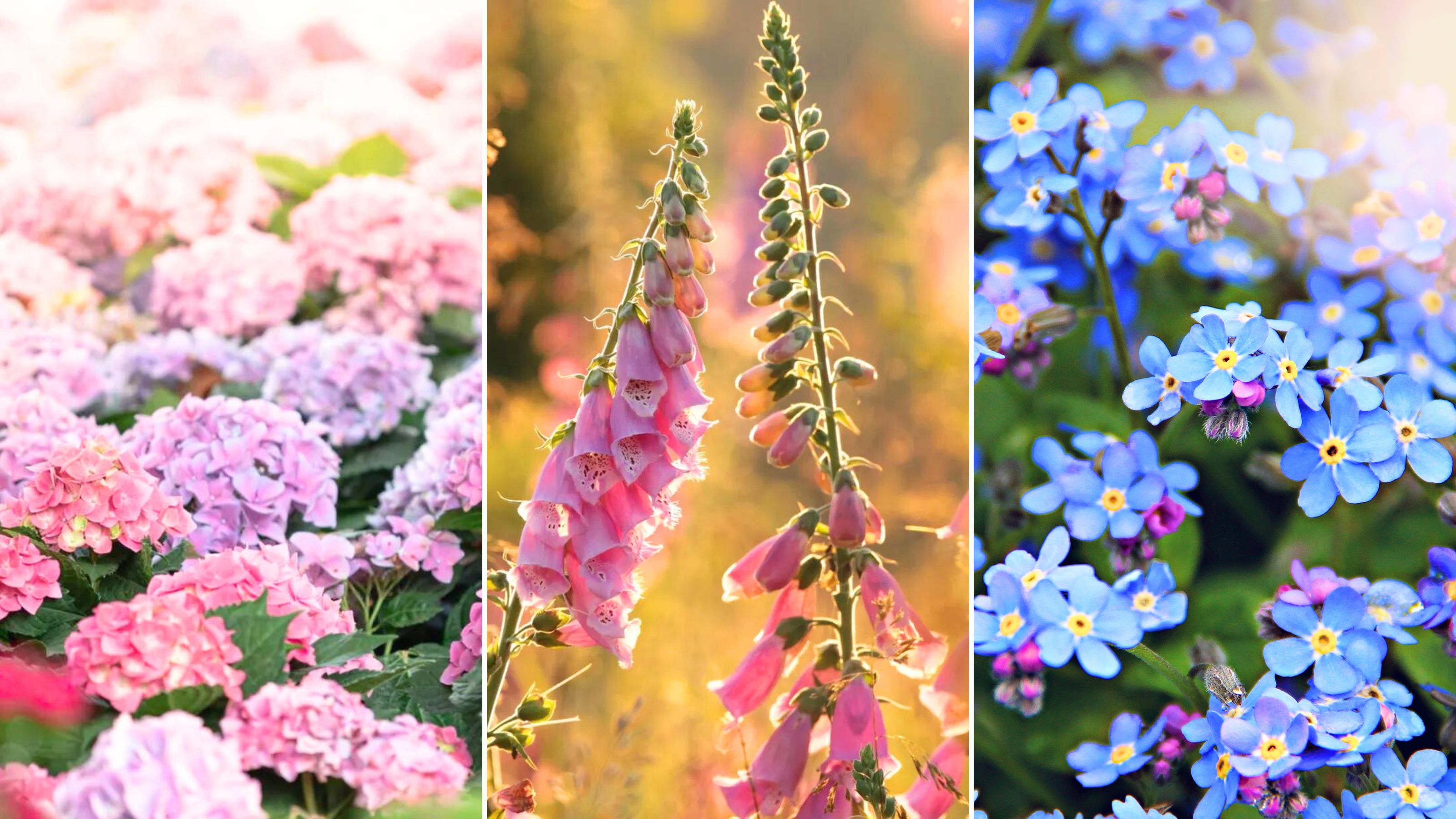
When you're out in your backyard tending to your flowers, it can be easy to take your pruners to everything that's growing.
But, there are actually some blooms you should never deadhead, even when it looks like they need snipping. From fabulous foxgloves to beautiful hydrangeas, there are many surprising flowers that you don't actually need to deadhead.
If you're going through your month-by-month gardening jobs calendar and have deadheading on your checklist, it's worth making sure you avoid these.
1. Foxgloves
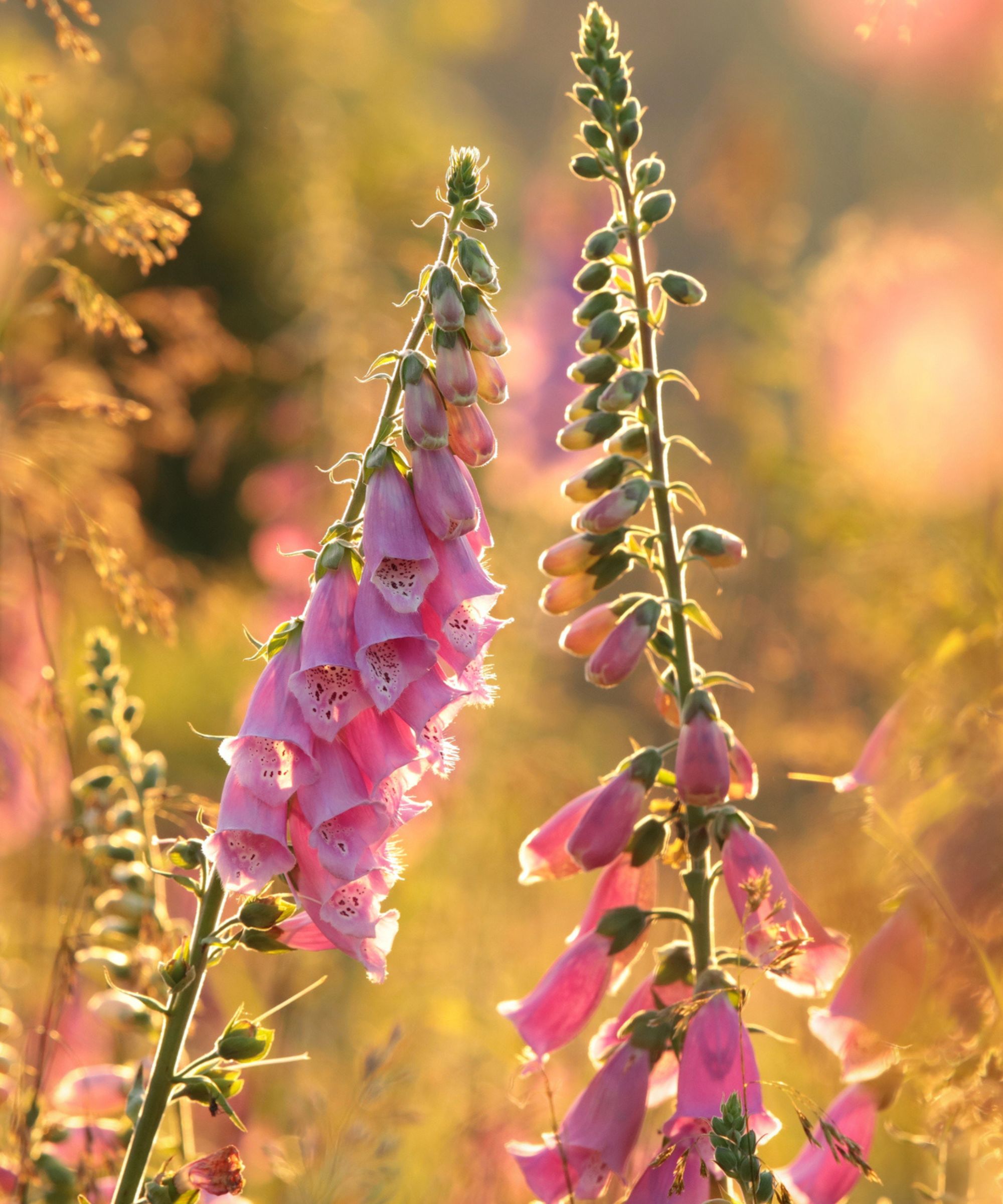
For those creating cottage gardens, foxgloves are a beautiful way to add shape and dimension.
“These biennial plants produce tall flower spikes that will drop seeds if left alone,” explains Victoria Cummins, gardening expert at Plant Whisperer.
“Deadheading prevents them from reseeding, so instead, let the spent flowers stay,” she adds.
Not only will this help feed wildlife, but it will also allow your fabulous foxgloves to return again next year.
2. Coneflowers
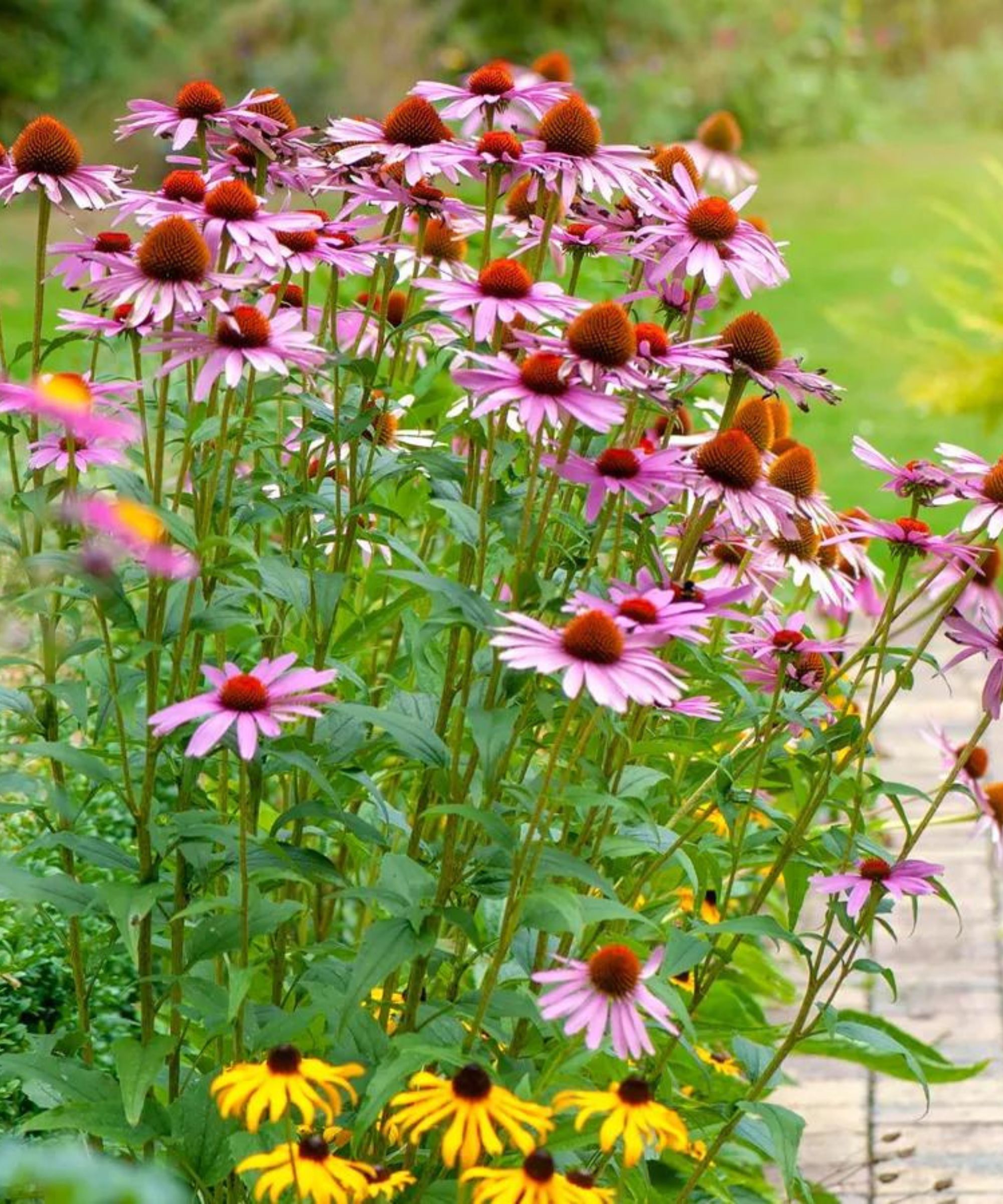
Coneflowers are great to have in your backyard, as not only will they add a pop of vibrant color, but also have medicinal qualities.
“I avoid deadheading coneflowers, as its spiky seed heads stand through winter and feed birds,” says Sal Musto, landscaping expert and owner of SalCorp Landscaping & Construction.
Even if you decide to deadhead some, make sure to leave a few to help with self-seeding.
3. Forget-me-nots
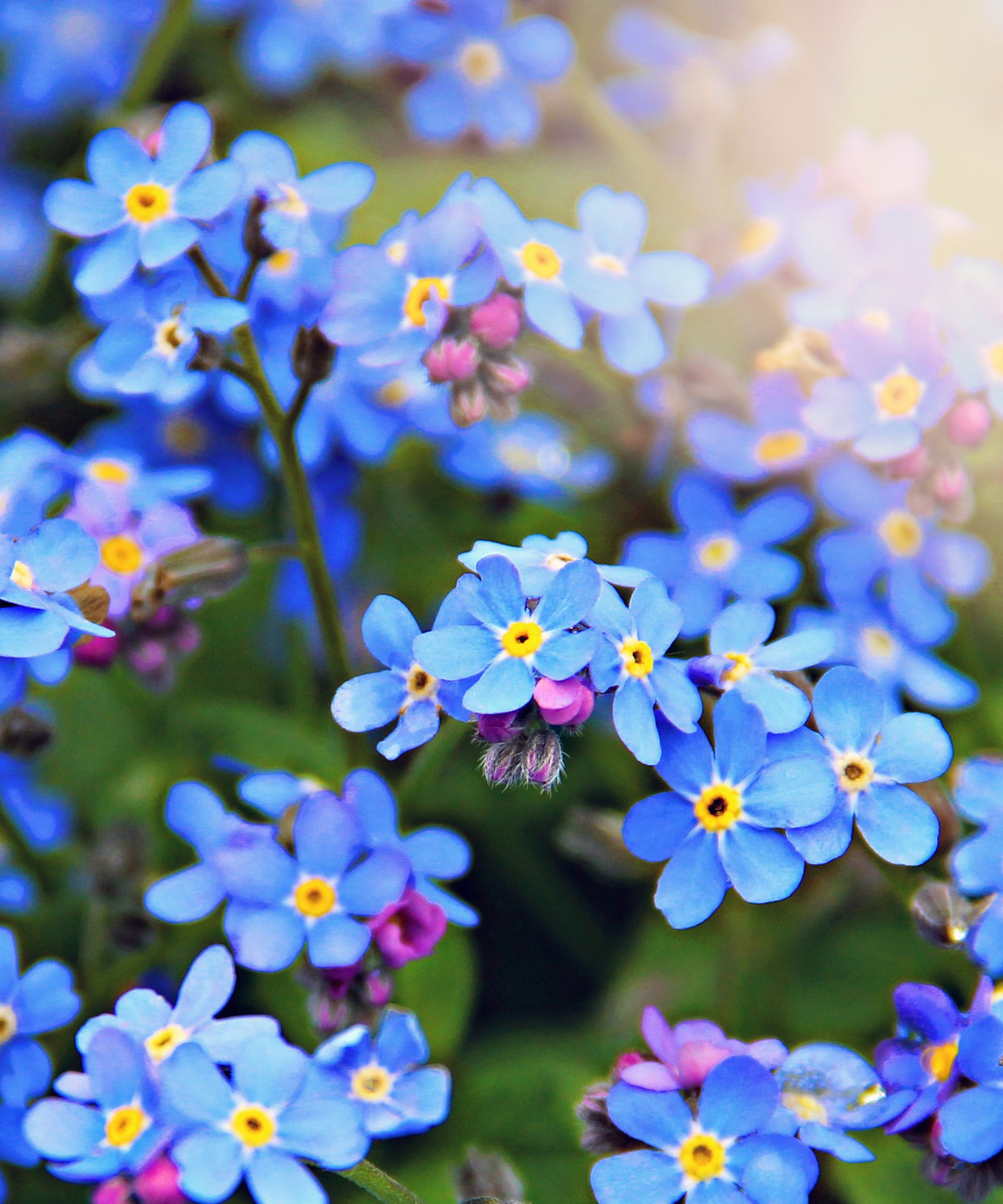
I love fairytale garden ideas and flowers that are small and sweet, so forget-me-nots are must-haves in backyards in my opinion. They’ll also keep adding magic to your outdoor space if you leave them be,
“To get that naturalized cottage garden look, avoid deadheading these dainty blue flowers,” Victoria says.
“They are prolific self-seeders that will spread charmingly if the flowers are left to produce seeds,” she adds.
If you have them on your grass rather than in a pot, this will also mean they spread even further, eventually turning your green lawn into an enchanting blue carpet.
4. Canna lilies
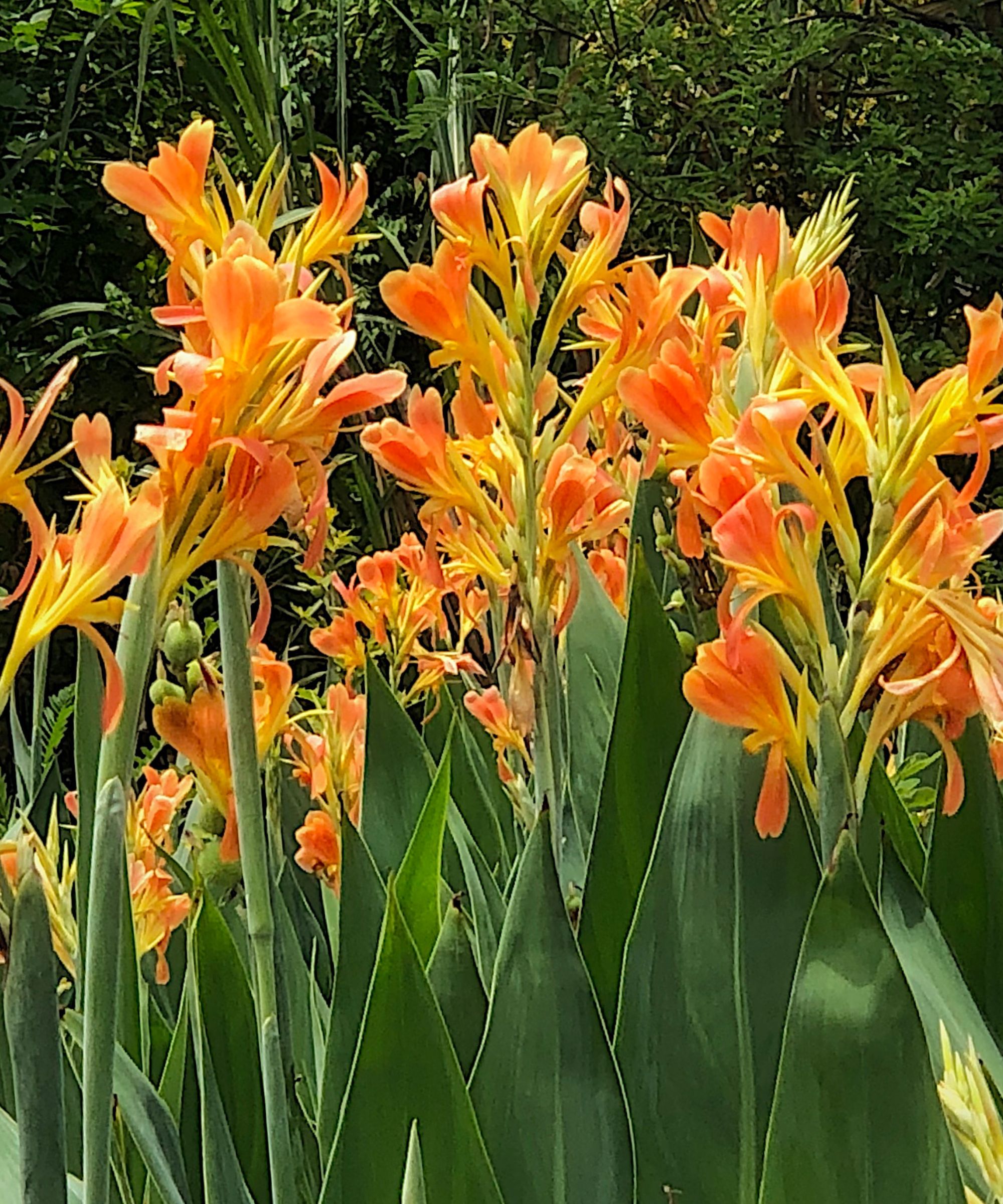
While some lilies are plants that are toxic for cats, canna lilies thankfully aren't. So, if you have a furry friend you’re looking after, you can keep them blooming in your yard for years to come.
“One spent flower on a canna can produce multiple new flower shoots, so put away your pruners and let cannas continue their showy display all season long,” Victoria explains.
These come in a variety of bright shades, from bold orange to pretty pink, and bloom from mid-summer right up to the first frost.
5. Hydrangeas
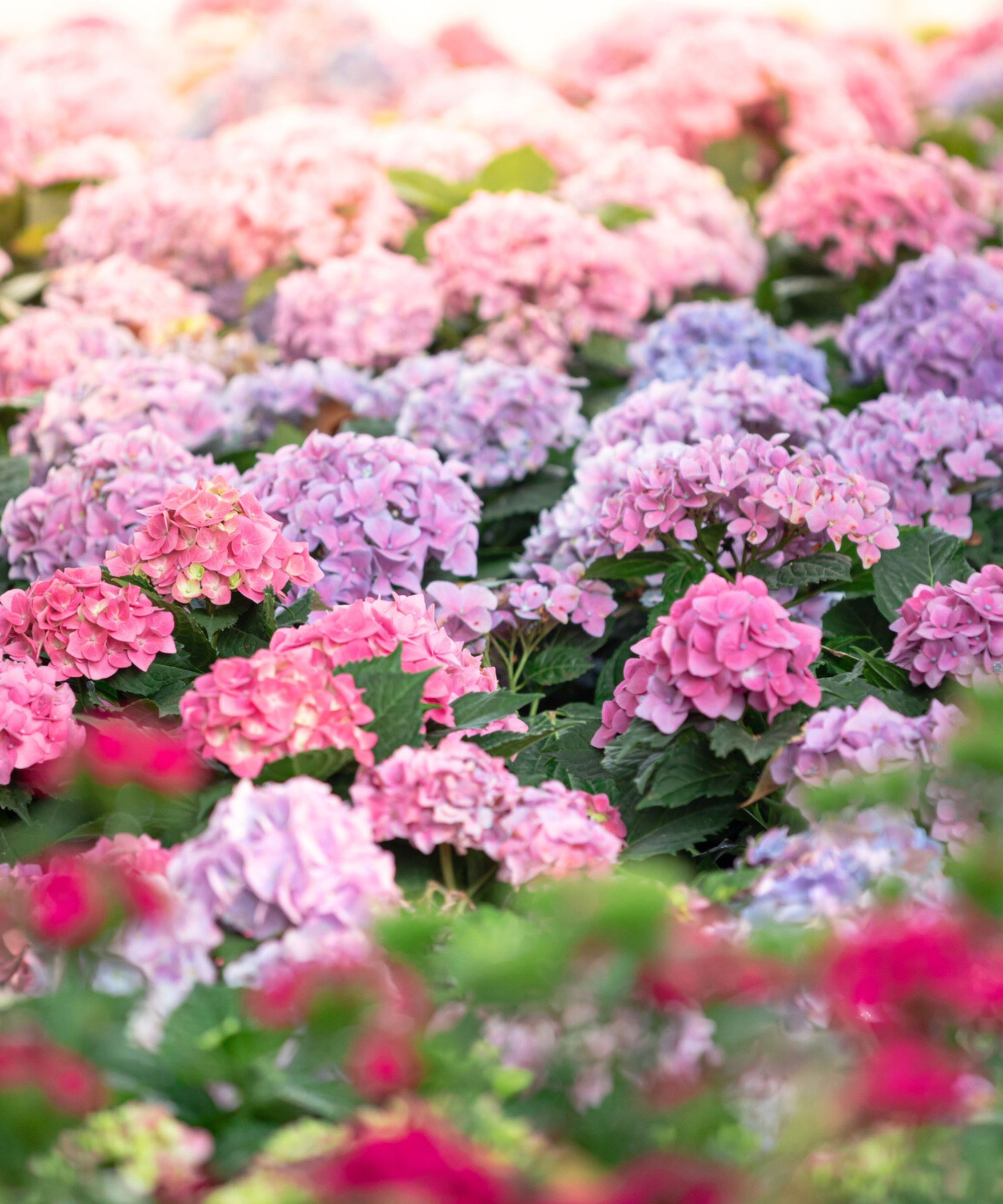
If you’re growing and caring for hydrangeas, it’s important not to deadhead them, as this will ensure you have beautiful flowers the next year.
“For hydrangeas, deadheading prevents reblooming, so I only thin older stems in spring,” says Sal.
He continues, “Light summer pruning after blooming may stimulate fall rebloom, but heavy pruning removes next year’s buds.”
Want to switch up your hydrangeas’ blooms next year? Learn how to change the color of hydrangeas to give your backyard a new look.
6. Miscanthus
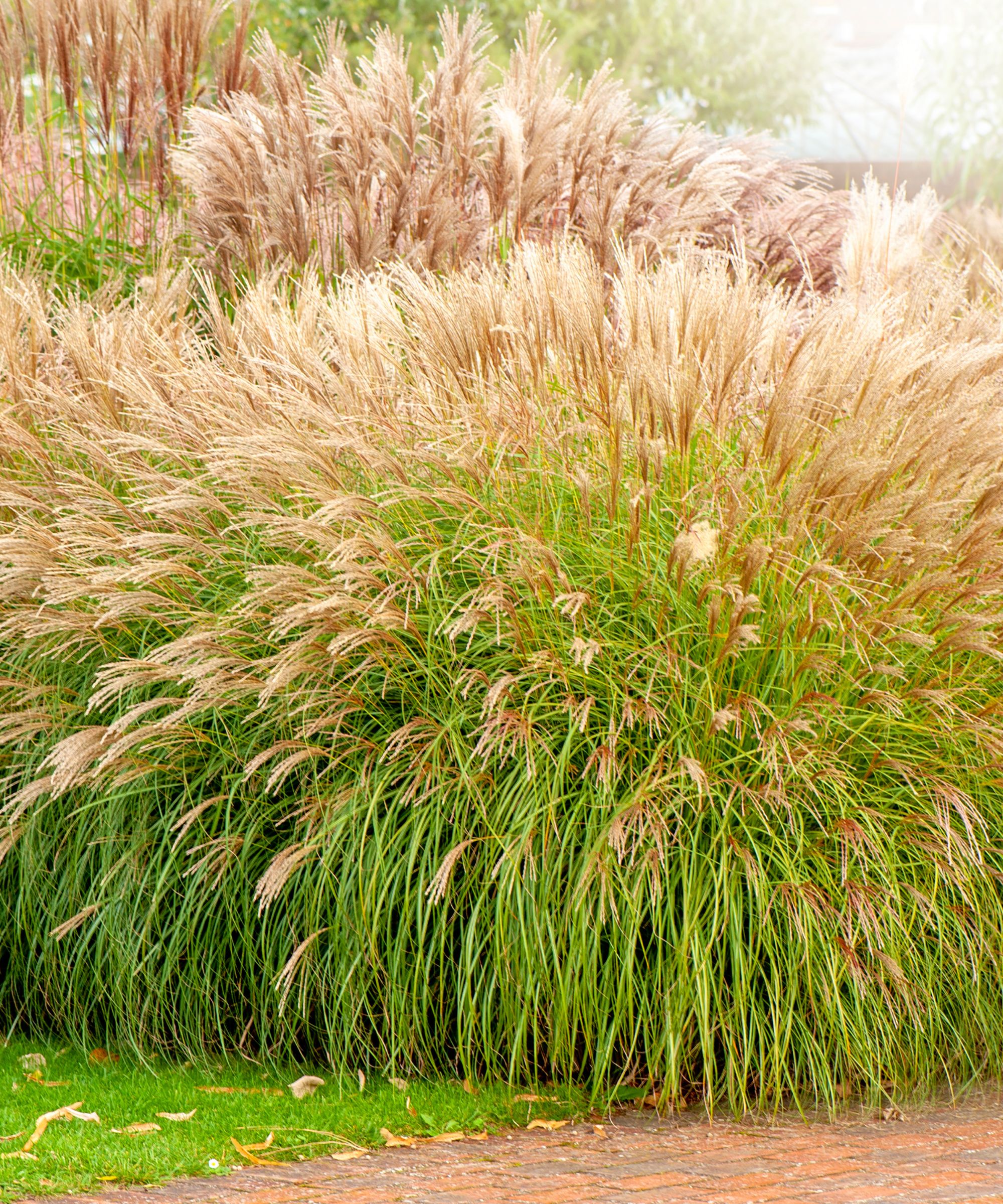
For those planting ornamental grasses instead of flowers, Miscanthus is a plant you should not deadhead.
“This ornamental grass provides fantastic texture with its fuzzy seed heads that look striking in winter,” says Victoria.
She says not to cut them off — instead, wait until early spring to cut back the entire plant to allow for fresh growth.
7. Black-eyed Susans
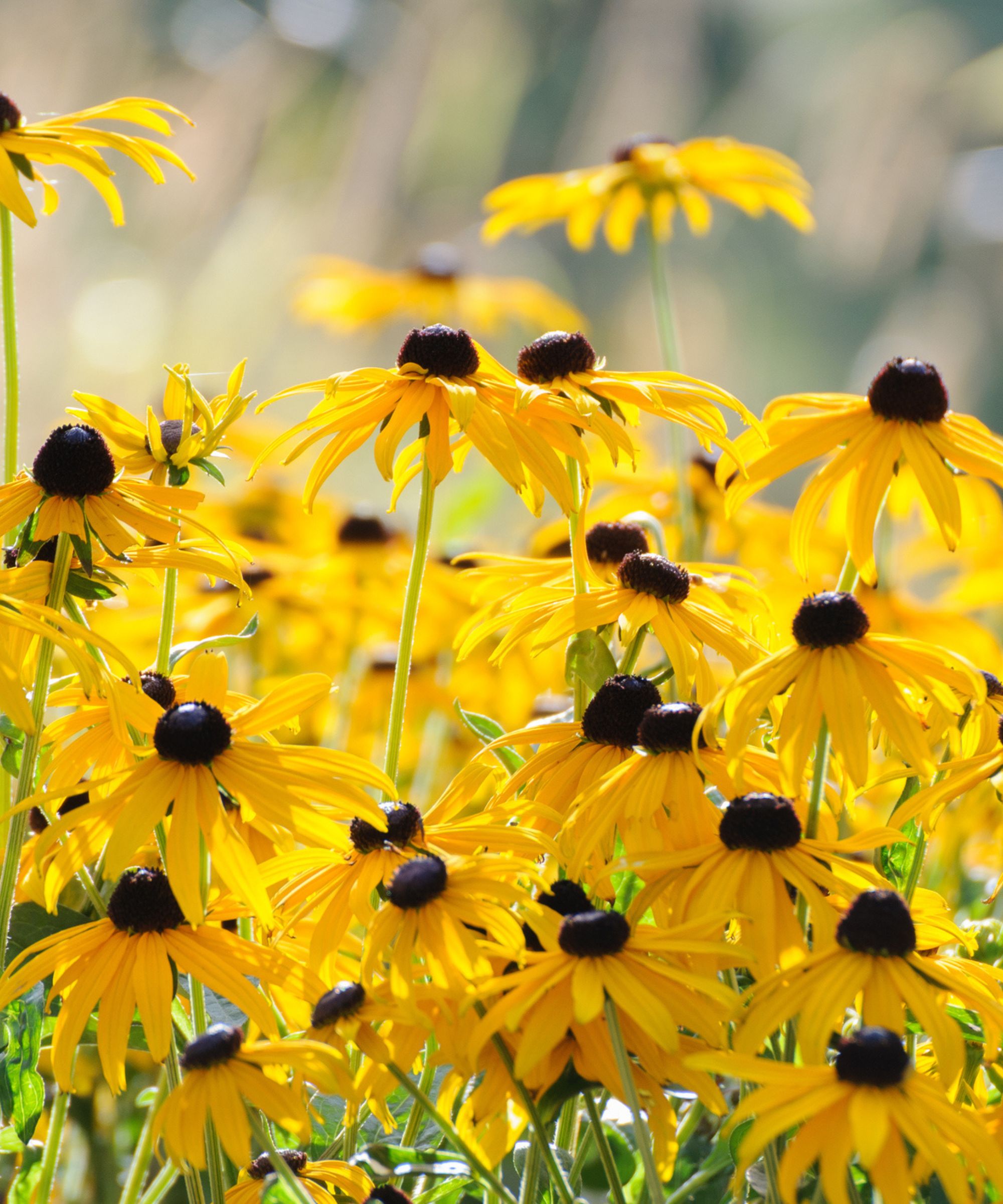
If you’ve mixed together coneflowers and black-eyed Susans in your garden border ideas, you can leave these yellow flowers be, too.
“I always leave black-eyed Susans unpruned, as their seed heads feed birds through winter, as dropped seeds may produce new plants,” says Sal.
If you do want to improve shape or control spread you can prune them in spring, but for those going for a more natural look, it’s best to avoid pruning them.
By avoiding deadheading these flowers, you can allow your garden to bloom in a natural way. If you aren’t sure if you need to deadhead your flowers, Victoria has some last advice.
“Consider the wildlife that relies on seeds and habitat these plants provide in winter before deadheading anything,” she finishes by saying.
Want to carry on maintaining your garden? Learning what flowers to prune in summer may also be useful.
Shop gardening essentials
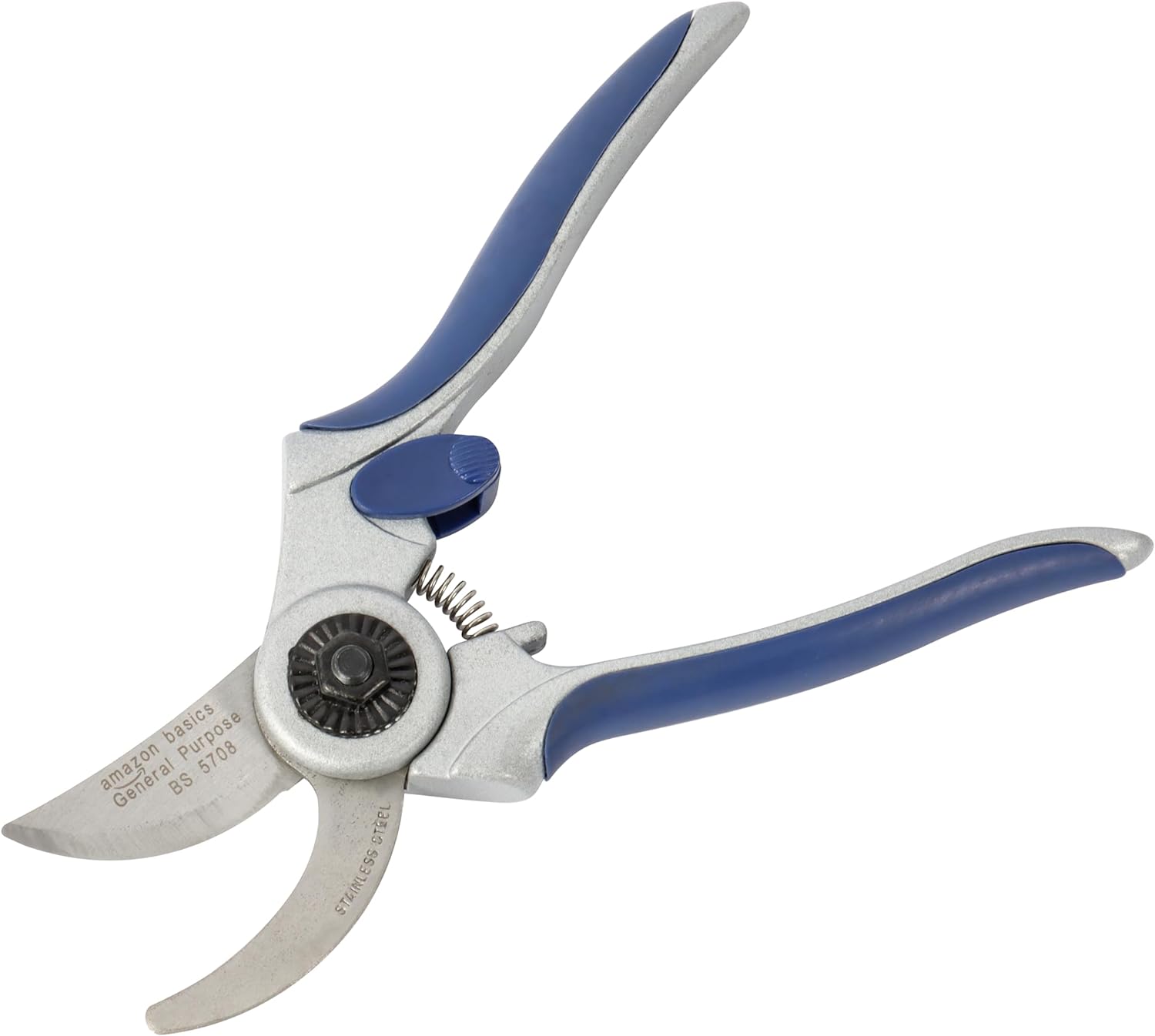
Size: 0.31 lbs
Made from: Stainless steel
Price: $10.95
If you do need to deadhead anything in your garden, these are a great choice. The non-slip TPR handle will keep your hands comfortable, while the high-tension coil will ensure precision while trimming.
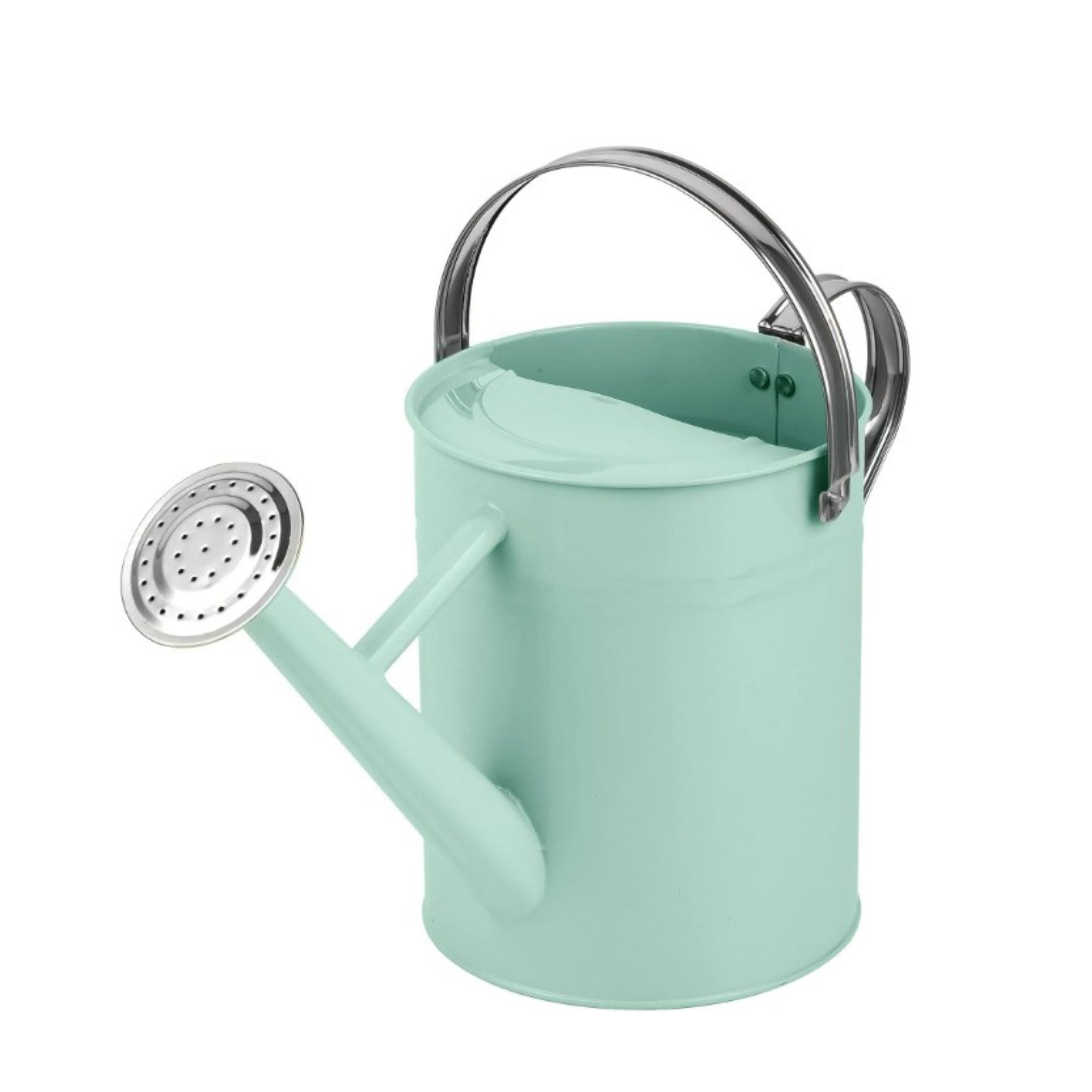
Capacity: 1 gallon
Made from: Metal
Price: $22.99
Keep your flowers blooming whether you deadhead them or not with this pretty watering can. The playful color will brighten up your yard, while the removable spout makes it easy to clean. You could always add rain chain ideas to your outdoor space and then top it up with the water from this to fill it sustainably.
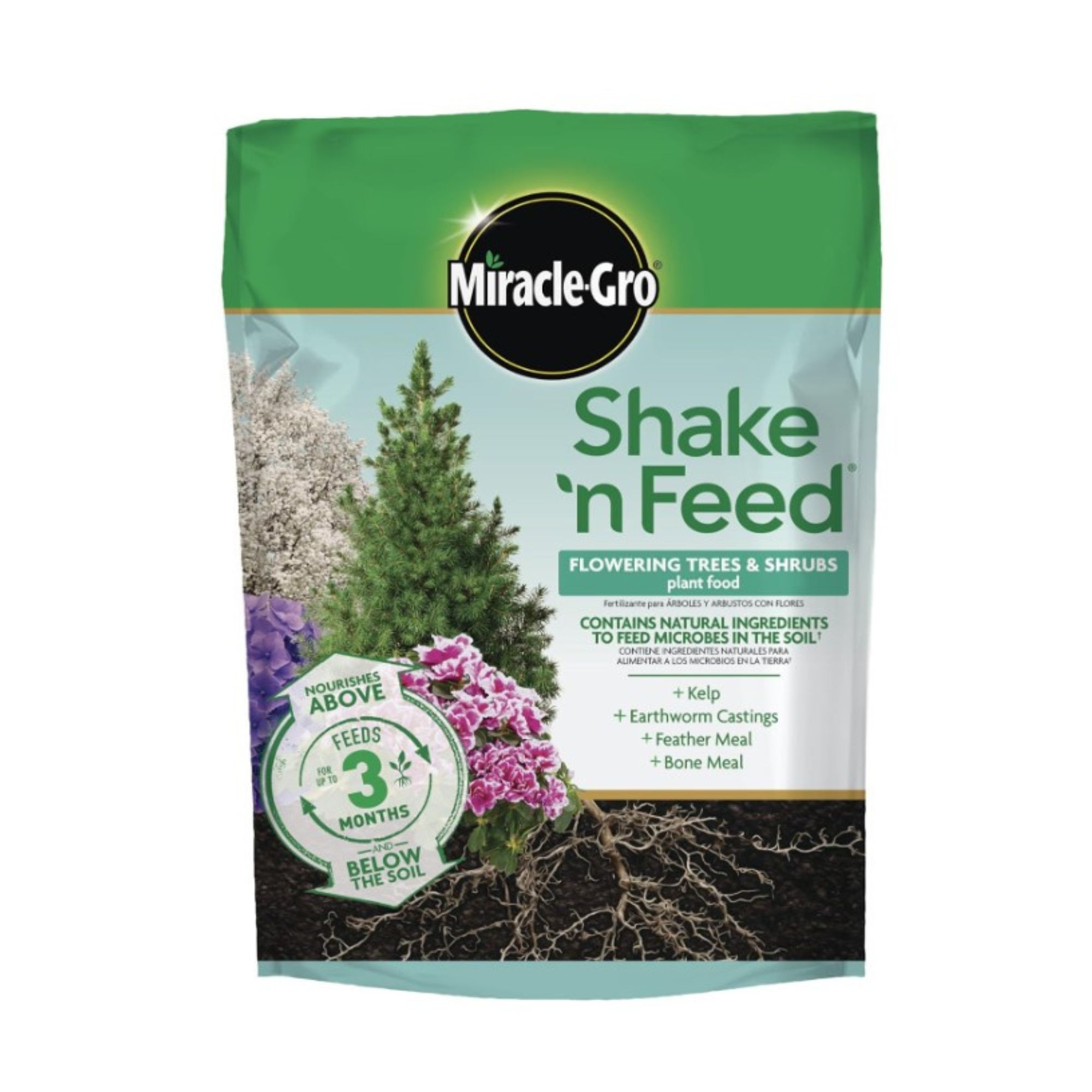
Size: 3.8kg
Made from: Natural materials
Price: $23.74
It's important to give your flowers a boost by feeding them with powerful plant food, such as this all-rounder from Miracle-Gro. It's specifically formulated for flowering plants and shrubs and can be used both in the ground and in containers.







